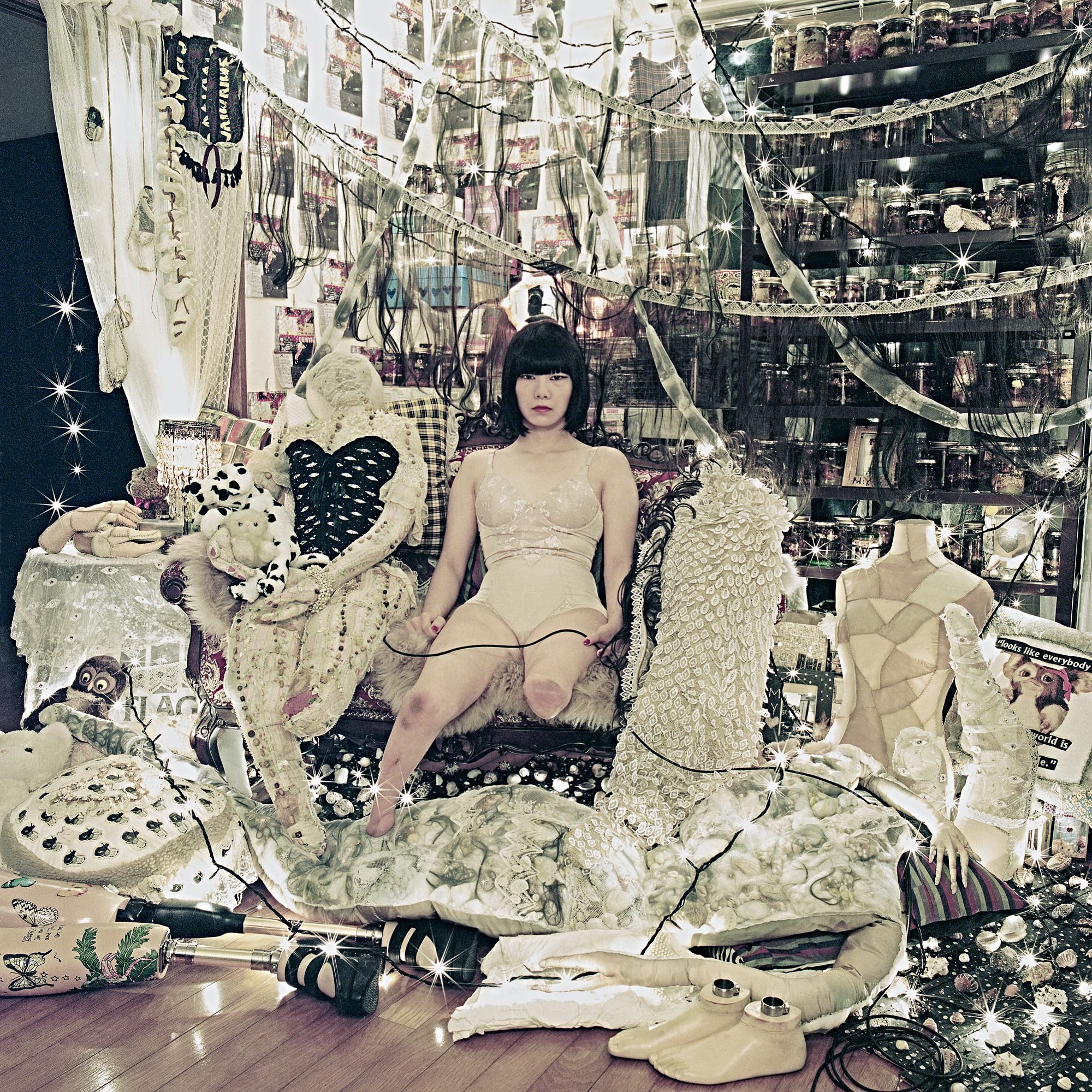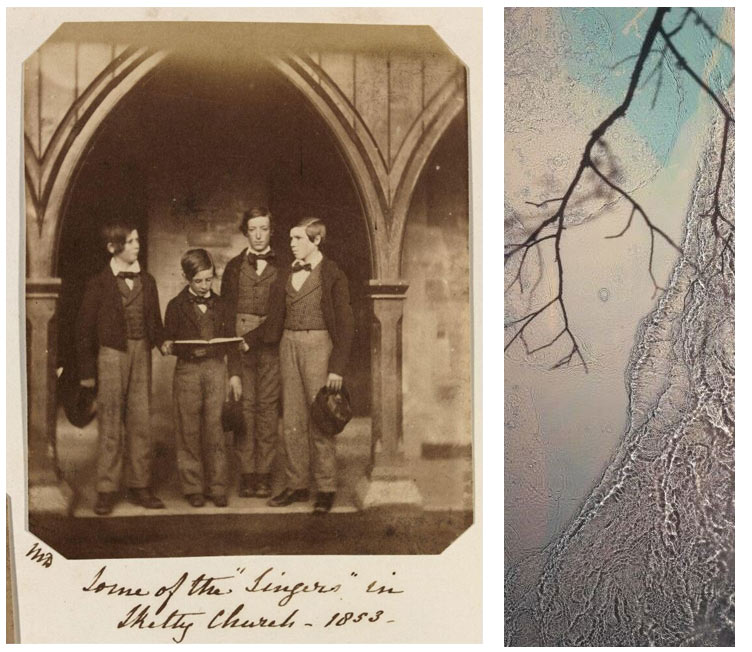THE WOMEN WHO STAYED FOR A LIFETIME
When March comes around and International Women’s Day approaches, I begin to reflect on the women who have meant so much to me throughout my life. Not only my family, friends and mentors but those who have come and gone. Someone once told me that the people you meet and interact with in life are here for either a reason, a season or a lifetime. The same can be said for the artists and creative works we interact with. As we move through life our own creativity or practise transforms dramatically. Our tastes change, we grow, we fall in and out of love with artists, styles, mediums and regardless of this, there will be works that have shaped us, impacted us and left long lasting impressions on us as artists and as human beings. For this International Women’s Day I wanted to share with you all some of the artists who have come into my life and live forever rent free in my head, my heart and through my hands and into my art.

Mari Katayama
A few years ago, whilst on a trip with my dad, we attended an exhibition titled ‘My Body, Your Voice’. When I stepped into the room featuring both sculptural and photographic work of Mari Katayama, I was in awe. The incredibly busy, bright and back lit self portraits were the type you spend hours sitting with (before realising the gallery is closing soon, so you have to rush around the rest of the exhibit to see the rest of the show). Mesmerising. Katayama’s work depicts themes such as body image and identity, drawn from her own lived experiences as an amputee. When I used to think of photography, scale and impact, my mind would jump to artists such as Gursky and Jeff Wall, introduced to me through various male heavy curricula. Now when I think of impact and photography, I think of Mari Katayama.
Mary Dillwyn
Mary Dillwyn was someone I had stumbled across in the pains of desperately trying to find a historical subject I would enjoy writing about for an essay. This began a new and long lasting relationship with Dillwyn. As one of the first female photographers of Wales, her images of friends and family were significantly different and casual in style compared to her contemporaries. She took images of her home, picnics she had with friends and family, but is most well known for being one of the first photographers to depict a snowman. Her image content, the social circles she portrayed or the church she frequented, reflected something I had also come to love whilst living in Wales; a sense of community.

Susan Derges
Before starting my photography degree, I had only been acquainted with digital photography (bar the odd £1 disposable cameras I would take to festivals). When I first saw the work of Susan Derges, I was blown away. It was so far removed from anything I had known about photography. Her River Taw Series consisted of large sheets of photographic paper, submerged under the river surface and exposed using a flash light and moonlight; capturing the reflections and debris that floated along the water. This was my first introduction into cameraless photography and completely shaped the way I worked from that moment forward.
Jenny Saville
During my A levels if I had a free period you would find me in the Art Department. Also found there was a friend of mine who, at the time, was obsessed with Jenny Saville. Her brush strokes, her use of colour and focus on flesh, represented the body and trauma in a way I had not seen before. Her voluptuous nudes and paintings of trans women (specifically her piece Passage 2004-2005) depicted the body with such rawness, power and sensuality all in one state. Whilst my friend obsessed over Saville, I was enraptured with Ruscehnberg’s mix media pieces which combined painting and photography (as well as sculpture). But it was Saville’s collaborative work with fashion photographer Glen Luchford, Closed Contact, where I first encountered, visually, the blurred lines between painting and photography.

